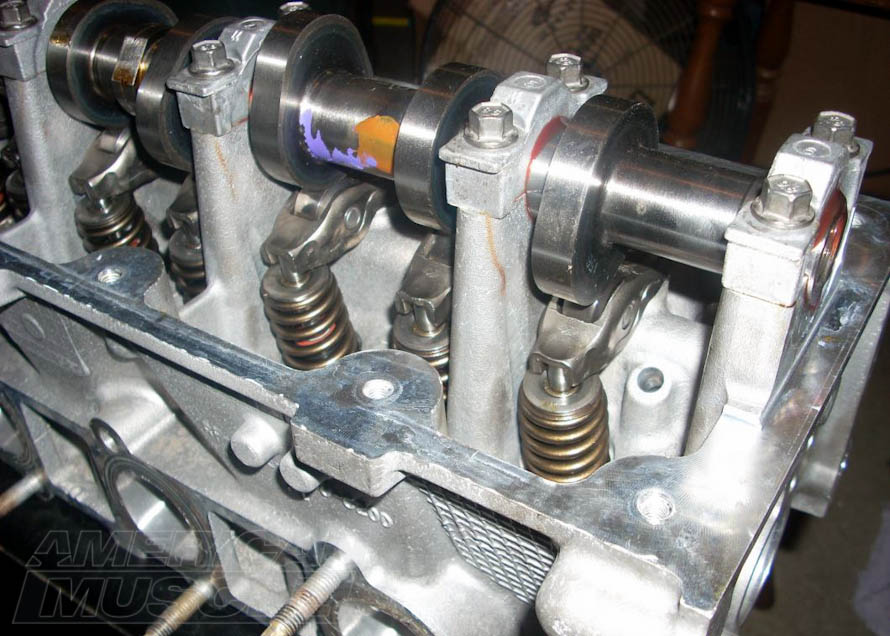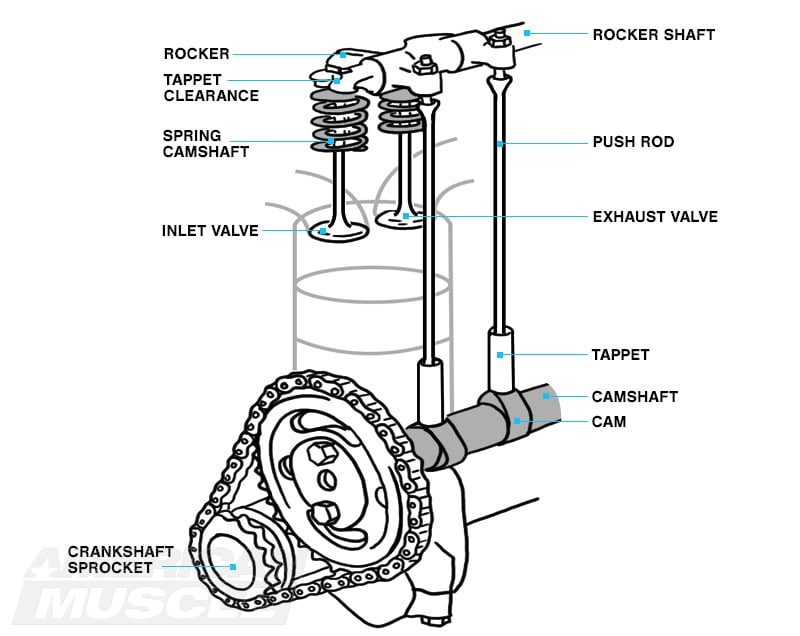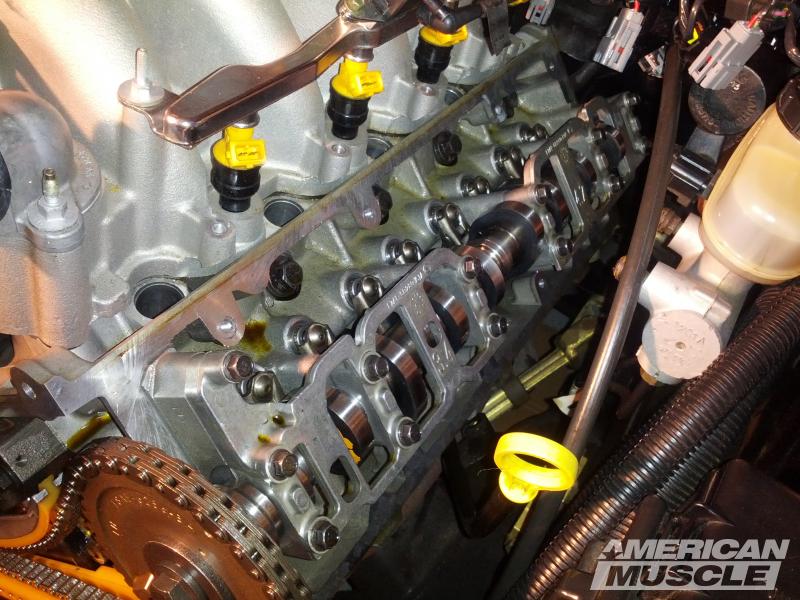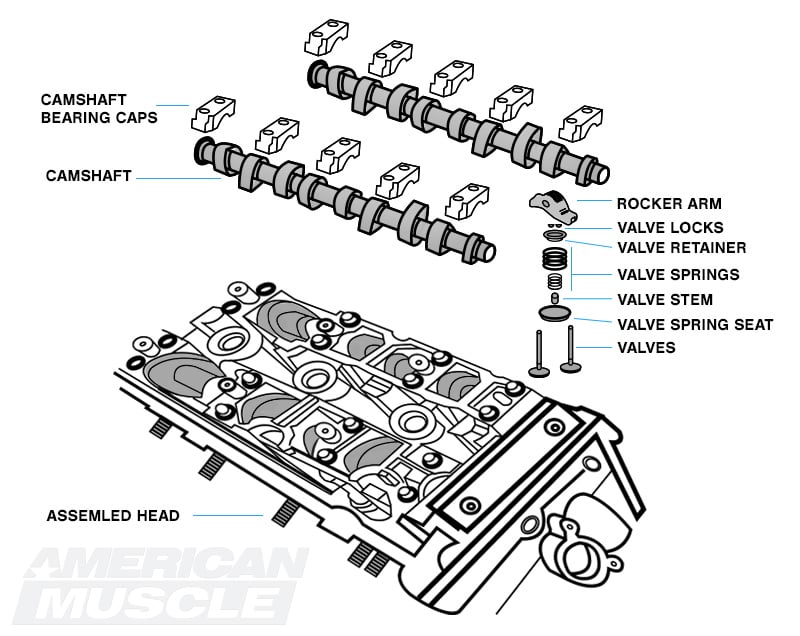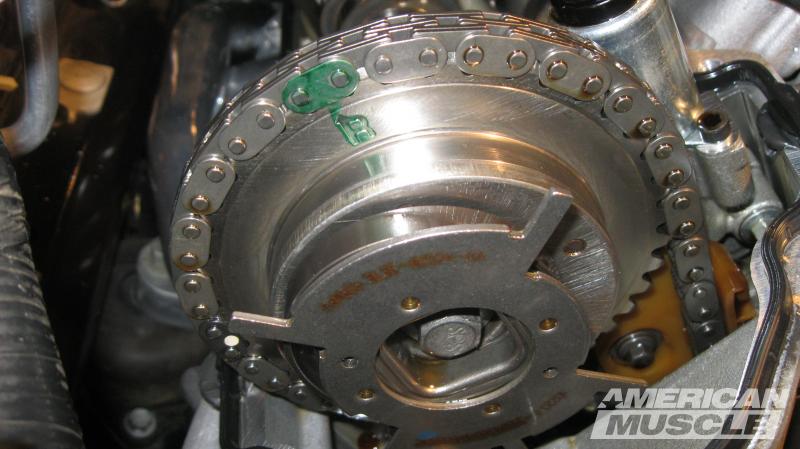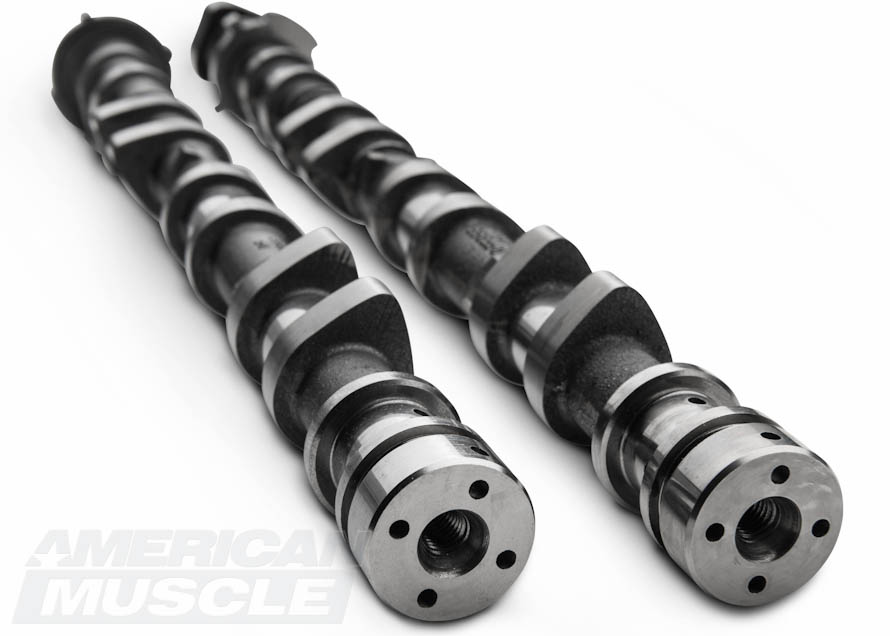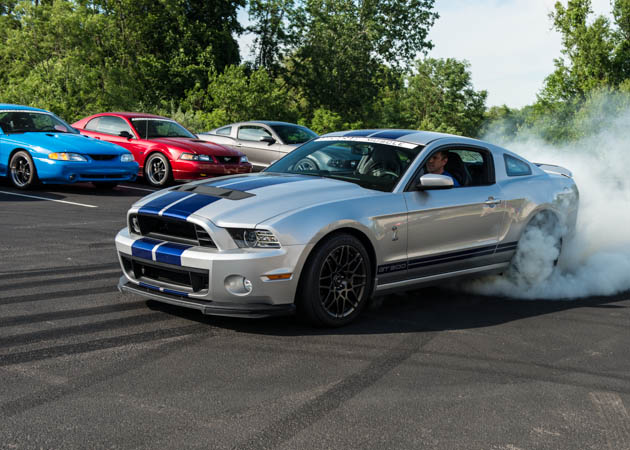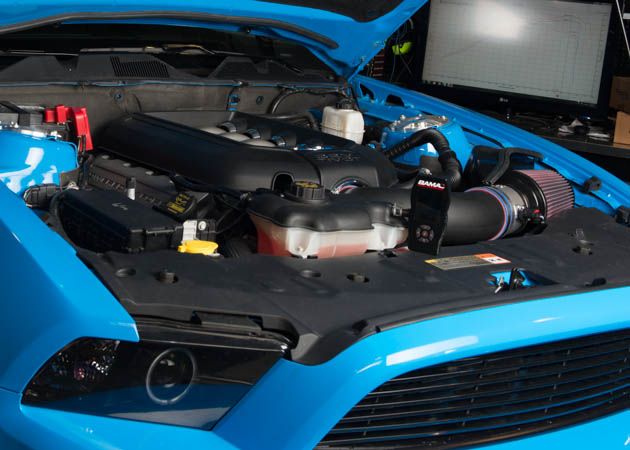One of the most crucial parts of an engine is the camshaft. This guide will serve to inform you on how camshafts function in different engine layouts.
Contents
- What Are Mustang Camshafts?
- Overhead Valve Cams
- Single Overhead Camshafts
- Dual Overhead Camshafts
- Mustang Camshaft Timing
- How Much Lift Can I Get Without Hitting the Pistons?
- Fixed Camshaft Timing
- Variable Camshaft Timing
- Camshaft Specifications
- Mustang Camshaft Specification By Year
- Forced Induction - Nitrous, Turbochargers, and Superchargers
- Supporting mods for Changing Camshafts
- Picking the Right Camshafts
- Why You Often Need New Mustang Valve Springs With Cams
- Which Camshafts Should I Buy for My Mustang?
- Tuning For Your New Mustang Camshafts
Shop Mustang Camshaft
Whether you're looking for performance, sound, or both, new camshafts will have you grinning from ear to ear. Huge performance gains and a totally new sound are the two main reasons to purchase new cams for your Mustang.


